Summary
- Elio, Pixar’s latest sci-fi adventure, is set for theatrical release on June 20.
- Collider’s Steve Weintraub interviewed co-directors Madeline Sharafian and Domee Shi alongside producer Mary Alice Drumm about the unexpected hero story.
- The trio discusses the use of anamorphic widescreen, animation revisions, and a respect for the “jankiness” of some of Pixar’s classic films.
Elio, Pixar’s latest sci-fi adventure, is set to arrive in theaters on June 20. The movie follows 11-year-old Elio Solis (voiced by Yonas Kibreab), a dreamer looking to feel like he belongs, who has made a daily habit of trying to attract the attention of aliens so they will abduct him and give him the chance to become the cosmic adventurer he wants to be. When he’s finally beamed up and accidentally becomes Earth’s ambassador to the Communiverse, Elio finally has the chance to embark on an intergalactic journey that allows him to build meaningful — and unexpected — friendships while trying to resolve a crisis.
Elio is co-directed by Madeline Sharafian and Domee Shi, both of whom also conceptualized the story with Coco‘s Adrian Molina, who remains credited, though he stepped back to work on Coco 2. Both Sharafian and Shi have an impressive history working with Pixar already, with Sharafian previously working in the art department for Coco and in the animation department for Turning Red, Onward, and Coco as well. Shi, meanwhile, not only directed Turning Red but has also been in the crew for Toy Story 4, Incredibles 2, The Good Dinosaur, Inside Out, Lightyear, and more. One of the producers for Elio, Mary Alice Drumm, also has an impressive and notable history with Pixar, having produced additional films for the studio, including Coco, Brave, and The Good Dinosaur.
In an interview with Collider’s Steve Weintraub, the co-directors and producer discuss shaping Elio with a hero who embraces the unknown rather than being fearful of it. The trio dives into the use of anamorphic widescreen to capture the sci-fi vibes and a key trait of Elio’s and the revision process in animation and specifically how that came into effect with Elio. Plus, they weigh in on whether Pixar should consider remastering films with dated animation like the original Toy Story or Ratatouille, and warn audiences not to leave the theater too early when Elio‘s credits roll.
‘Elio’s Anamorphic Widescreen Captures So Much More Than “Classic Sci-Fi” Vibes
The directors and producer discuss switching up the aspect ratio mid-production.
COLLIDER: I really want to start with congratulations. I saw it last night in 3D. I am not a fan of 3D, but the 3D in this is fantastic. Also, the anamorphic widescreen, I really want to talk about that. Correct me if I’m wrong, but I don’t think a Pixar movie has been done in anamorphic widescreen.
DOMEE SHI: The Good Dinosaur.
MADELINE SHARAFIAN: Widescreen, yes, but the anamorphic camera was a choice. That was our DP, Jordan (Rempel), pitching that. We started to watch all of the classic sci-fi films that we wanted to draw inspiration from, and we started to break down why do they look the way that they do? There’s this sort of richness to them. The shadows are deeper. The film grain just feels… There’s something really romantic about the way that these movies would portray space. Obviously, E.T., Close Encounters, and even the scarier movies, I still think there’s a romance to it, like Alien and John Carpenter’s The Thing. There’s just a quality that we wanted to capture, and when Jordan broke down all those things and he was pitching, “Let’s change the aspect ratio to widescreen and use anamorphic lens,” and he showed us some stills that were tests, we were like, “Oh my god, that looks so good!” It was a really exciting moment.
SHI: It made space look more epic, and Elio feel more lonely in compositions.
SHARAFIAN: Yeah, the widescreen helped a lot, which is a tricky thing to change mid-project, but it was so worth it.
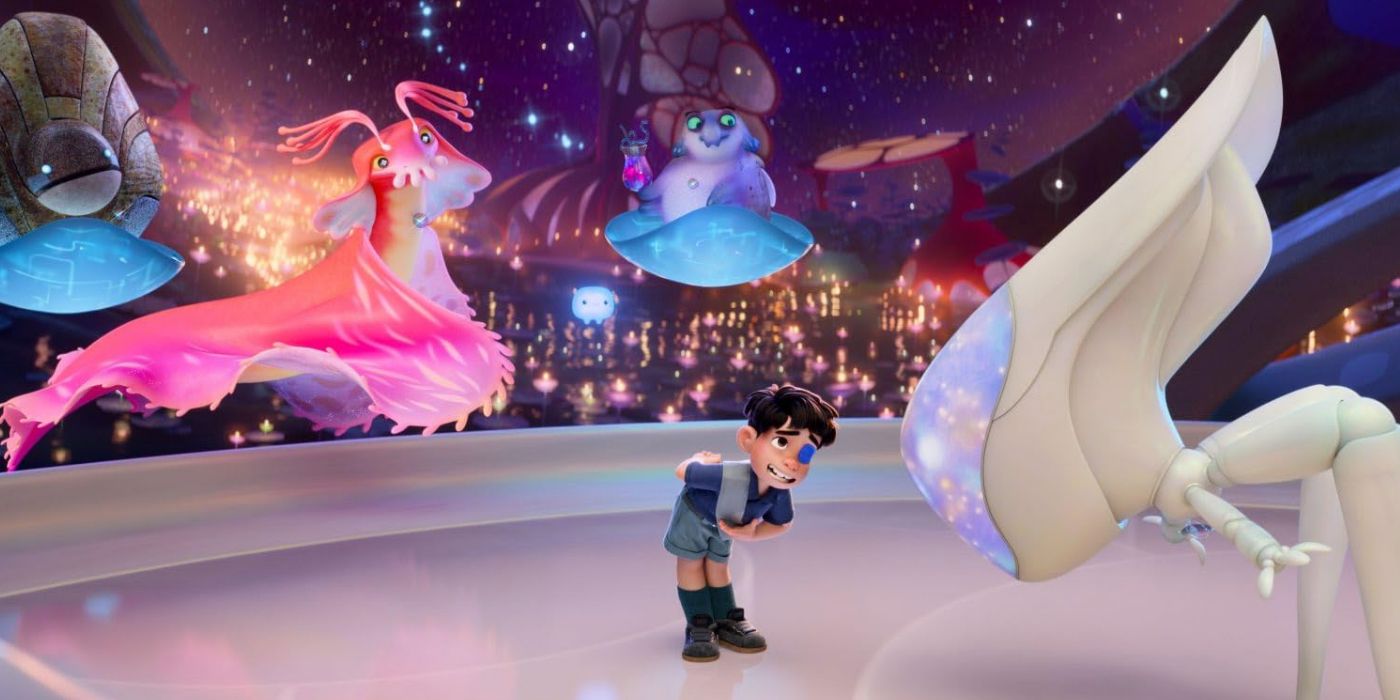
I am very curious, did anyone, like a line producer or a Disney executive, say, “Wait. What?”
MARY ALICE DRUMM: I’ll be honest, as the producer, Claudia (Chung) came to me like, “They have this idea…” I was like, “Oh, no.” But then once you went into the screening room, I think they showed you two scenes, and you were like, “Oh, I totally get it.”
SHI: There’s a scene where he’s running away from the bullies in camp, and then he gets abducted.
SHARAFIAN: There was the A/B of, like, “Here it is in the previous aspect ratio, and, eh, there he is. He’s sitting behind a log. That’s sad.” But then, when it changed to widescreen, all of a sudden, there was just so much empty space and just that tiny little boy sitting there, and he felt so much lonelier, and you’re like, “Oh, fantastic!” (Laughs)
SHI: You just felt it.
DRUMM: We all worked together under one roof, so it’s just so easy. So Derek (Williams) and Jordan were really into this. They showed it, and we’re like, “Okay, let’s do it.” And they did. They changed everything so quickly. It was awesome. I think if it was more bureaucratic, it would be hard, but we all were like, “Yeah, it’s worth it. Let’s do it.”
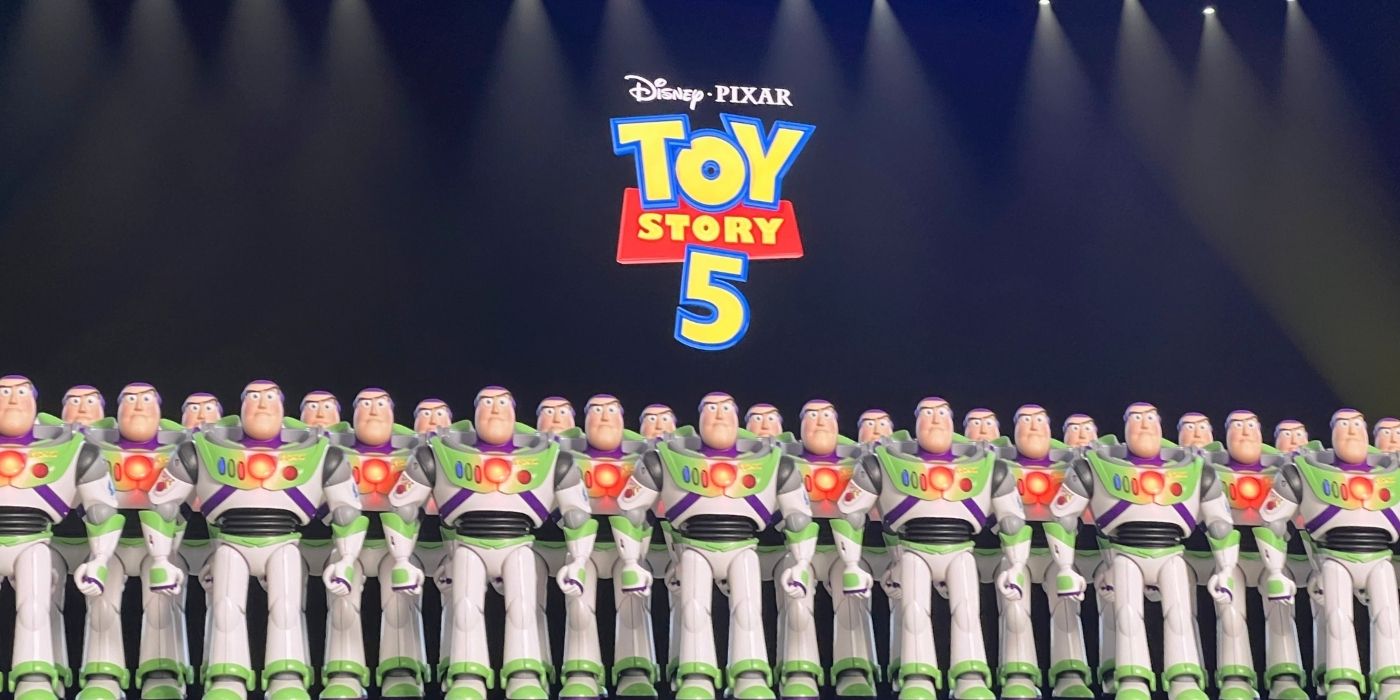
Related
We’ve Seen the Opening of ‘Toy Story 5’ and It Changes Everything
‘Toy Story 5’ arrives June 19, 2026.
So one of the things about animation is that it goes through a lot of revisions, especially after each screening, and what you learn. How radically did this one change from inception to what everyone’s going to see in movie theaters?
SHI: With every one of our movies at Pixar, the plot changes quite a bit from the very first pitch to the final movie. Same with Turning Red. The original version was much different, but the core of it, the heart of it, stays consistent.
SHARAFIAN: The conceit never changed.
SHI: It was always about a boy, like the concept was what if the world’s weirdest kid gets abducted by aliens and is mistaken for the leader of Earth? I think the iteration and the revisions were trying to explore why does he want to get abducted by aliens? What is he trying to solve in himself? How does he go from wanting to run away from Earth to accepting Earth at the end? How we achieve those goals would change and iterate, but those tentpoles are always there in the beginning.
Don’t Leave! ‘Elio’ Has a Special Mid-Credits Scene
“We always wanted to leave the door open a little.”
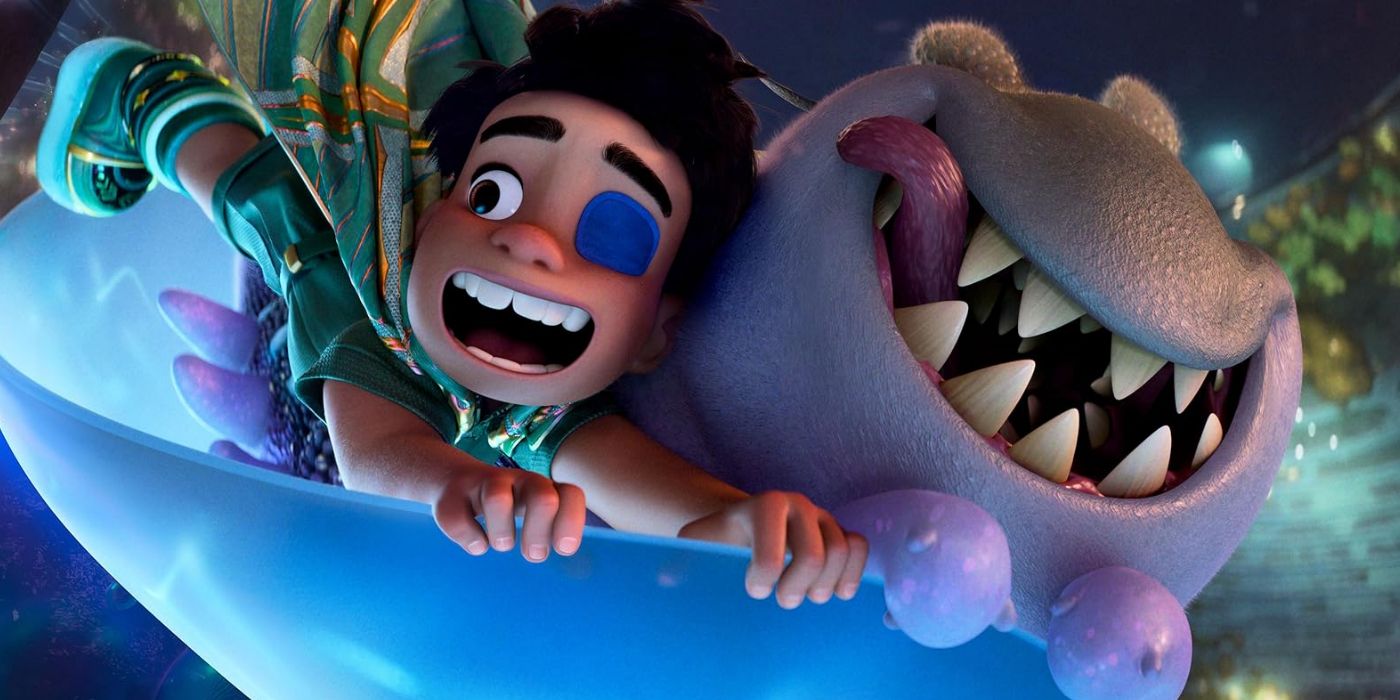
You guys have a mid-credits scene. How much did you debate that, and was it always that scene?
SHI: There were different versions, but I think we always wanted to leave the door open a little. Just a crack.
DRUMM: A little bit hope. The idea was really early, but there were different versions of it, as Domee said. That version probably came on the later side, but the idea was there for a while.
SHI: We always wanted it to feel like the door was open a little bit.
What shot or sequence were you guys working on where the animation team was like, “Are you sure? Really? You’re 100% sure you need it this way?”
DRUMM: (Laughs) Deep cuts!
SHARAFIAN: This isn’t one shot in particular, but capes are really hard, and Elio has multiple capes over the course of the film. And not only that, but when we designed the cape, we wanted it to have this grandeur and opulence that he felt like he could imagine he was a leader of Earth wearing it, so it’s also a really complicated design and a complicated pattern on the back, which Simulations was like, “Okay… It’s beautiful, thank you.” But they did such an amazing job that as I watch it, even though I know that it was hard, I’m not thinking about the technical challenge. I’m just thinking about character-wise, like, “Oh, Elio is so happy to be wearing this impressive outfit!”
SHI: It really helps with the wish fulfillment aspect. He finally has an outfit that he feels comfortable in.
SHARAFIAN: I’m trying to think if there was anything else, but everyone was so enthusiastic.
SHI: Everyone’s so game.
SHARAFIAN: They sometimes push for things that are harder than even we asked for.
SHI: The animators want the challenge. When we give them characters like Glordon, who has no eyes, or Grigon, as well, and we’re like, “Here. Now you have to animate a touching, heartfelt father-son reunion scene with characters with no eyes.”
SHARAFIAN: They’re looking at each other…
SHI: Yeah, “In two shots, and you have no eyes, but they have to look soulfully at each other somehow. And go!” They’re like, “Yes! This is great. Get me in there.”
With animation, I would imagine certain sequences or shots are more difficult and require more resources. How do you decide where and when to deploy those additional resources? Because you do have a finite budget, and you do have to deliver it. How does that work out?
DRUMM: It’s a constant conversation. One thing Maddie and Domee were great at is combining shots will help us, so it’s like, “If we have this many shots, it might be harder. Can you combine them?” And then you’re just talking to the team about, “This is really important. We want to put more people here. So, what could we make a little simpler?” It’s pretty much a constant conversation of what’s important to these guys.
SHI: And communicating between departments. On this show, we had something called College Project, which is we just combined a bunch of reviews from all of these departments together into one big meeting. So, all of the supervisors are in the room together, and they’re all talking about stuff. So, if one person is like, “Oh, that’s too expensive,” another person from another department will be like, “We can take that.”
SHARAFIAN: Or, “We can hide it with lighting. Don’t worry about it.”
SHI: Yeah, or we can move the camera just so, and cut it out. It was just all a collaborative process.
Would You Want to See a Remastered ‘Toy Story’ or ‘Ratatouille’?
“There’s charm in the jank.”
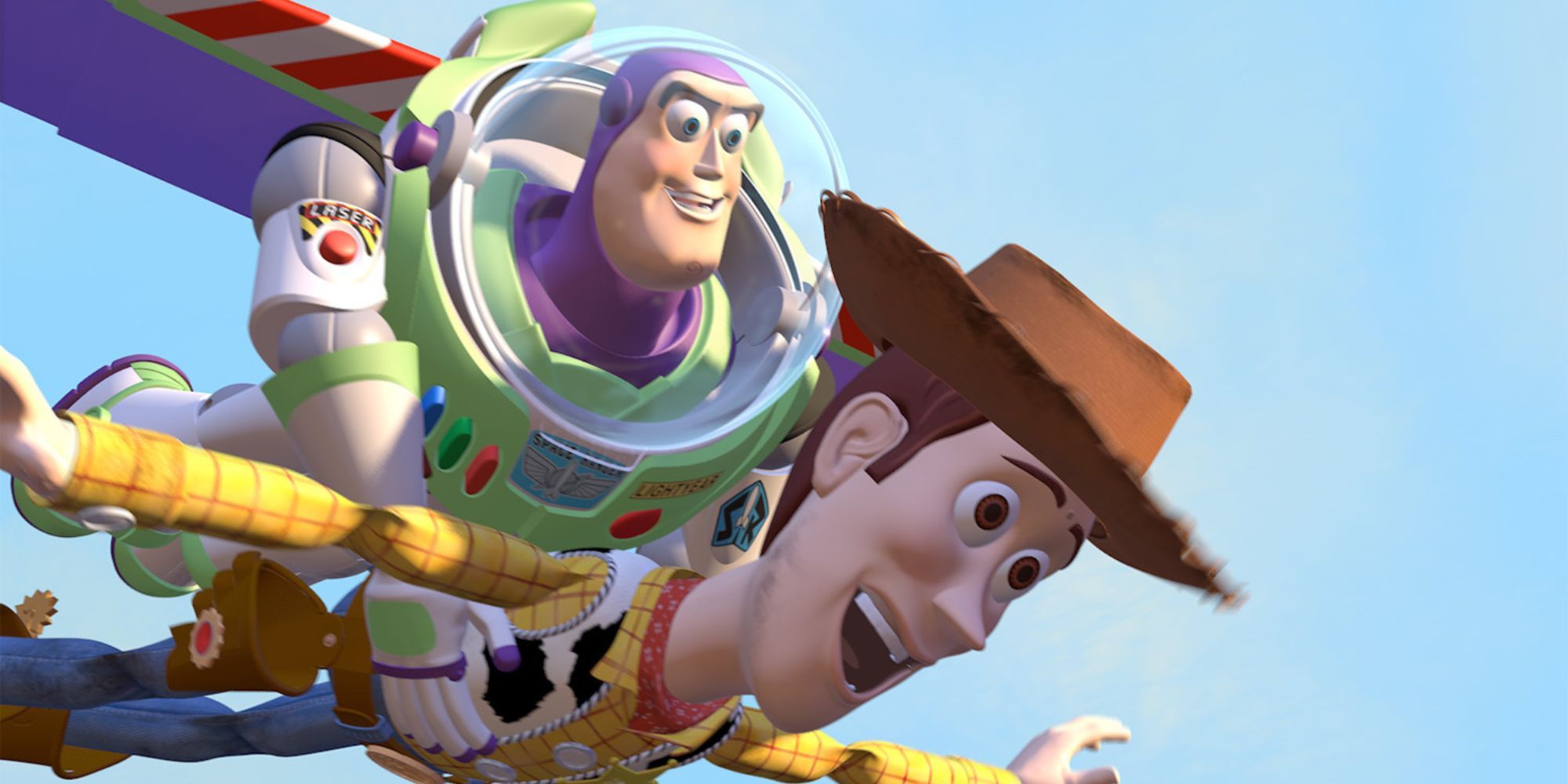
I’m so curious what your thoughts are on this. When you look at the beginning of Pixar in the movies and how they look, they’re antiquated compared to what is in this. What are your thoughts on the idea of Pixar, quote-unquote, remastering an older movie like Ratatouille, using the modern rendering and redoing something shot by shot? It’s exactly the same movie, but with modern animation. Is that something that you think is a good idea, or do you think no, it was made like that and it should be that, let’s not mess with it?
SHARAFIAN: There’s so much charm in some of the jank, though.
SHI: There’s charm in the jank.
SHARAFIAN: The original Toy Story is so fun to watch because you’re watching something happen for the first time. That’s the first time that ever happened. Everyone’s blinking like this and Woody’s acting is kind of weird, but that’s what’s so fun about it.
SHI: You’ll talk to Pete Docter, and he’ll be like, “Oh my gosh, that scene was so hard to animate. We were messing around with that rig, and it was taking forever.” I think that’s part of the charm of the movies. I’m a purist. I don’t think I would touch those movies. They should stay as they are in time. Even though I love playing video games that are remastered, too. I know, I’m a hypocrite. So, that’s tough.
Elio opens in theaters on June 20.
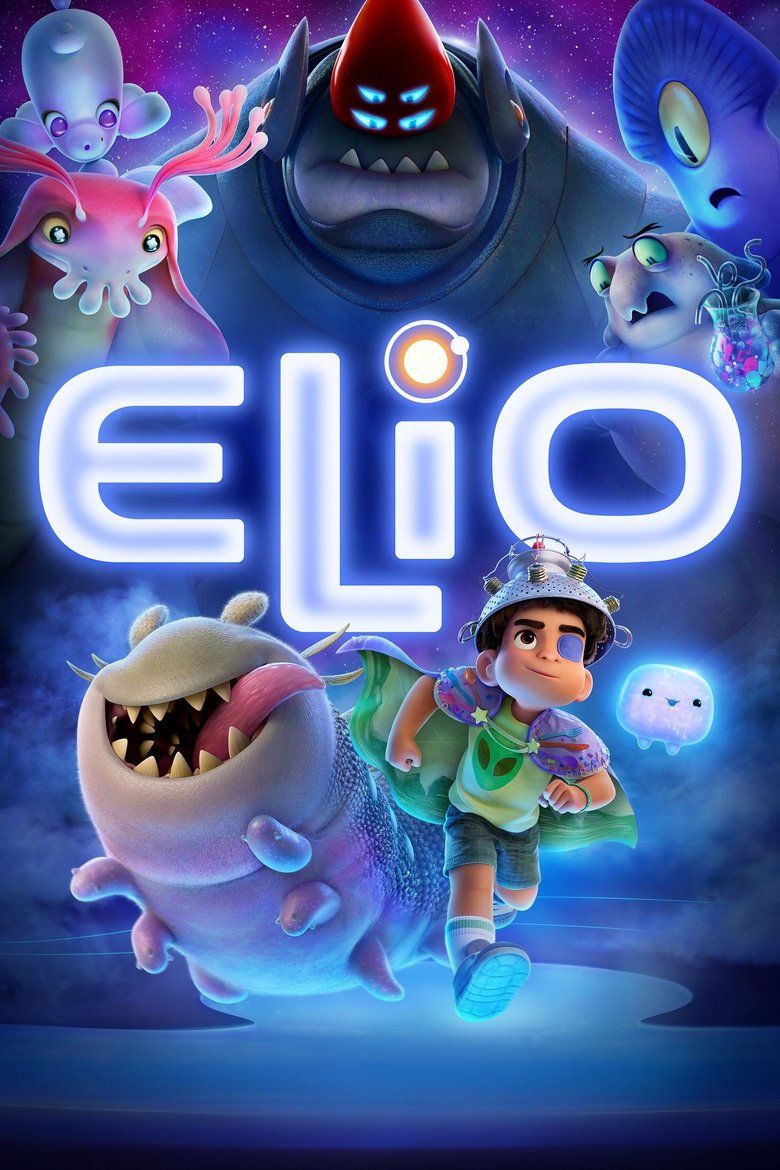
Elio
- Release Date
-
June 20, 2025
- Runtime
-
99 minutes
- Director
-
Adrian Molina, Domee Shi, Madeline Sharafian
- Writers
-
Adrian Molina
- Producers
-
Lindsey Collins, Pete Docter
-

Yonas Kibreab
Elio Solis (voice)
-




